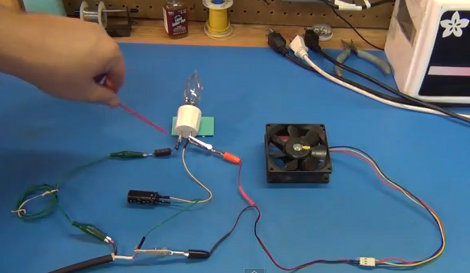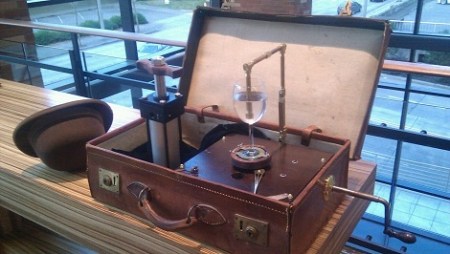
[Bill Zimmerman] is in Cameroon and has been posting some really interesting articles about life in the central African nation. It comes as no surprise that imported goods can be prohibitively expensive for many of the country’s residents, so building tools and goods is way to improve life and save money. The image above is a metalworking cooperative where any number of products are manufactured from recycled materials, often using tools that the craftsmen made themselves. Their wares are amazingly wide-ranging; crow bars, motorcycle seats, buckets, plows, hammers, knives, cold chisels, and much more. The video after the break shows the tradesmen hard at work. See some video of the cooperative after the break.
But adults aren’t the only ones getting in on the action. Remember [William Kamkwamba] who built a wind generator for his villiage? It seems the tinkering spirit runs deep in the children of Cameroon as well. [Bill] came across some kids who grabbed leftovers like the soles of sandals, scraps of rope, and empty sardine tins to build a steerable toy car.
Continue reading “Hacking In Cameroon For Profit And Entertainment”

















